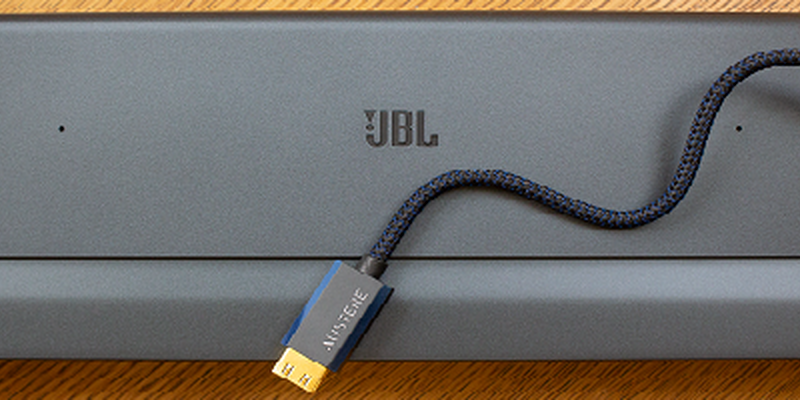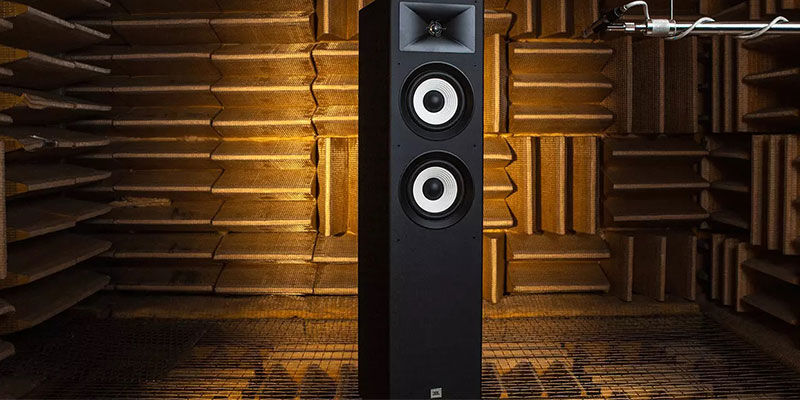.jpg?sw=800&sh=400)




Frequently Asked Questions
1. What is needed for home audio system?
A home audio system can come in a box with everything you need, or you can compile the parts with personal research, but regardless of how you get the complete kit, there are some standard things you need:
2. What should I look for in home speakers?
You should look for home speakers that suit the room you intend to put them in, have the sensitivity range you want, and do not pull more energy than you want to spend on the system. Home audio setups can also get awfully expensive, so set a budget and try not to go over it as it is all too easy to spend more money without realizing it.
3. How do I connect my speakers to my house?
Modern speaker systems are more accessible than ever to set up at home, but it does require hard work and home improvement skills. It can be tricky to get everything set up, and you can call a professional for help if you need it, but it is entirely reasonable to install your own home speaker system. Here are some of the critical skills and tasks you will need to learn:
• Learn about your new speaker system and connections
• Mark the locations for each piece of equipment before you cut holes to mount hardware
• Fish Cat-5e and other required wires behind the walls or along straight lines to connect the entire system without creating a visible “rat’s nest”.
• Connect all cables and test the system before putting on the finishing touches.
4. How to choose home audio?
There are so many details and complexities in audio that it can be hard to find the best sound system for your unique home. You must balance price, features, range, complexity to set up, and end goals to find the best option. Research different options and consider how each would work in your home, trust your ears and go with what sounds good, and use JBL’s website to see a full range of options.
5. How to Choose the Best Home Theater Speakers?
Choosing the best home theater speaker is an important choice as the speakers must connect with other entertainment devices and there are other compatibility concerns.
Here are the key things to consider when choosing a home theater system:
• The TV: If you do not have a TV, you will need one to complete your home theater setup. If you do have a TV, you should consider how old it is as many people tend to hang onto electronics until they die but they miss out on modern features by not upgrading. Look for TVs that offer 4K HDR, so you do not need to upgrade again anytime soon while enjoying the new features like streaming, built in Wi-fi and Bluetooth, and more.
• Your Room: You can always put the biggest speakers you can afford in your home regardless of the size of the room, but also ensure your speakers work cohesively with your room décor and size. Some speakers are aesthetically attractive, but more expensive. Small nearly invisible speakers are easy to hide in a room, but the wiring can be a true pain to get right. You also must place more than just speakers in your home theater as the receive needs a place to sit as well.
• Streaming Services: If you build the right home theater, you can also enjoy a range of streaming services. If you have wireless speakers and a receiver, you can play your music from anywhere in the house.
• Ease of Set Up: If easy installation is your main criteria, your best option is a home theater in a box. The box includes everything you need to build your theater just like a ready-made meal, but that also means you cannot customize your equipment choices at all. Theaters in a box are perfect for people who want the theater installed the same day, but if you have the time and money building your own set up will yield better results.
6. What is the best way to place speakers for sound? You can buy speakers and know what room they will live in, but where you place speakers can affect your sound quality as well.
• Room length affects how sound bounces off the walls and comes back to you, which could ruin the audio. Place your desk or viewing area near the shortest wall for the best results in a skinny room.• Think in thirds when placing your speakers as they should be in the first third of the room and more than 1 meter away from other walls.
• Speaker angles decide where the sound is aimed, bounced, and absorbed, so ensure you do not point your speaker directly at a shag rug as the sound will not bounce very well.
• Space from the wall can affect your sound quality, so try to keep Bluetooth speakers at least 1m away from each other and the wall.
• Subwoofers can be considered a finishing touch, but the supply of proper base and deep sounds is worth the additional equipment so long as you place it at the best angle for your room.
• Speaker height also affects how the sound reaches your ear. If you can adjust your speaker height, try to make it ear level or at least above 1.2 meters.
• Surround sound speakers work a little differently and, therefore, require different placement and spacing. Put the center channel right in front of you and put the other two speakers slightly behind you at a 110 angle from the center.
7. Do I need an amplifier for my home speakers?
If you are trying to build the perfect home theater, you have likely considered ceiling speakers. While these speakers are harder to install, the final product after construction is hard to beat. You may also wonder if in-ceiling speakers require an amp or receiver, which could lead to more cable management headaches. If your in-ceiling speakers are passive, you will need an amp, and if you want to use multi-channel surround sound, you will also need a receiver.
